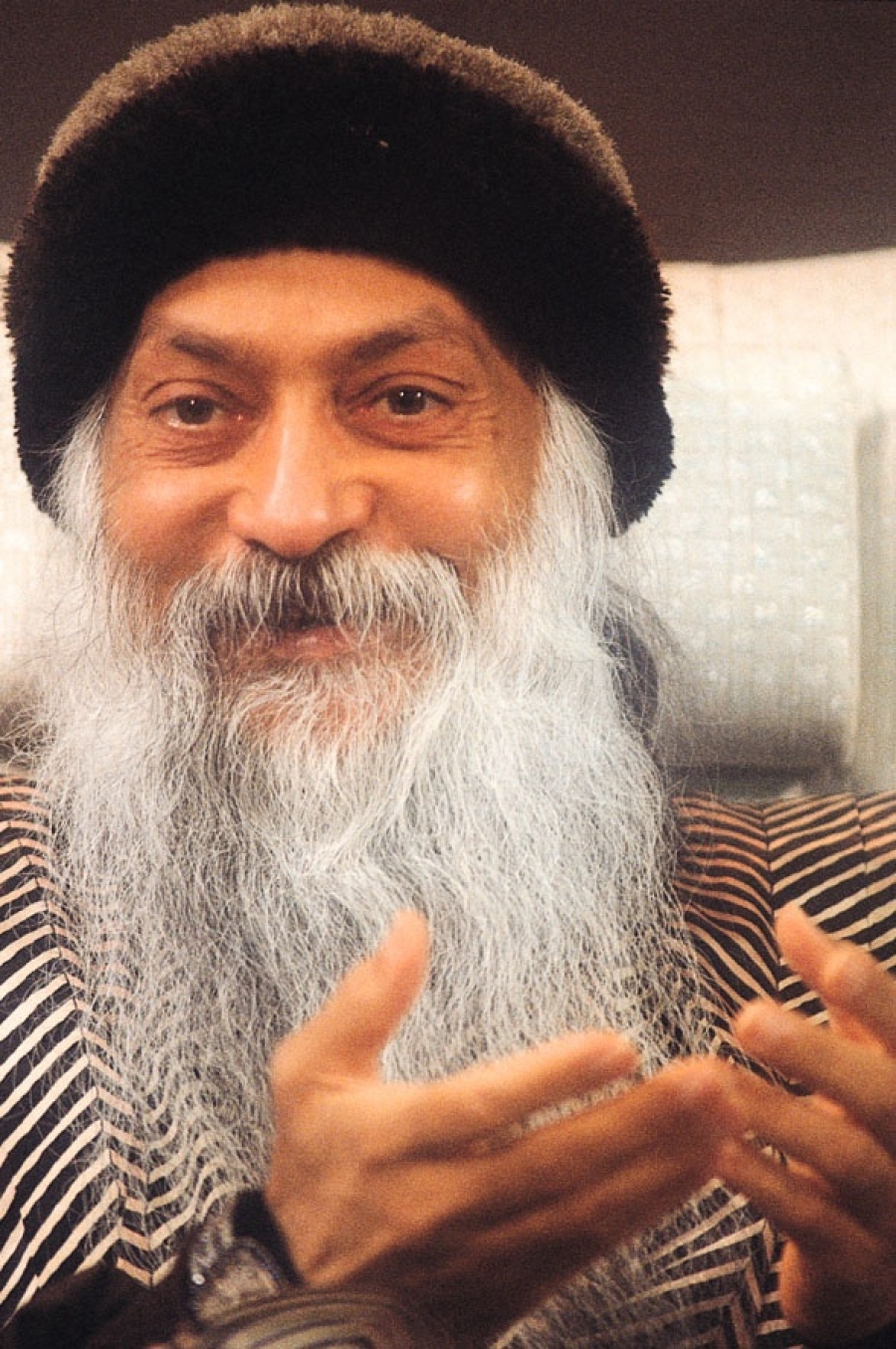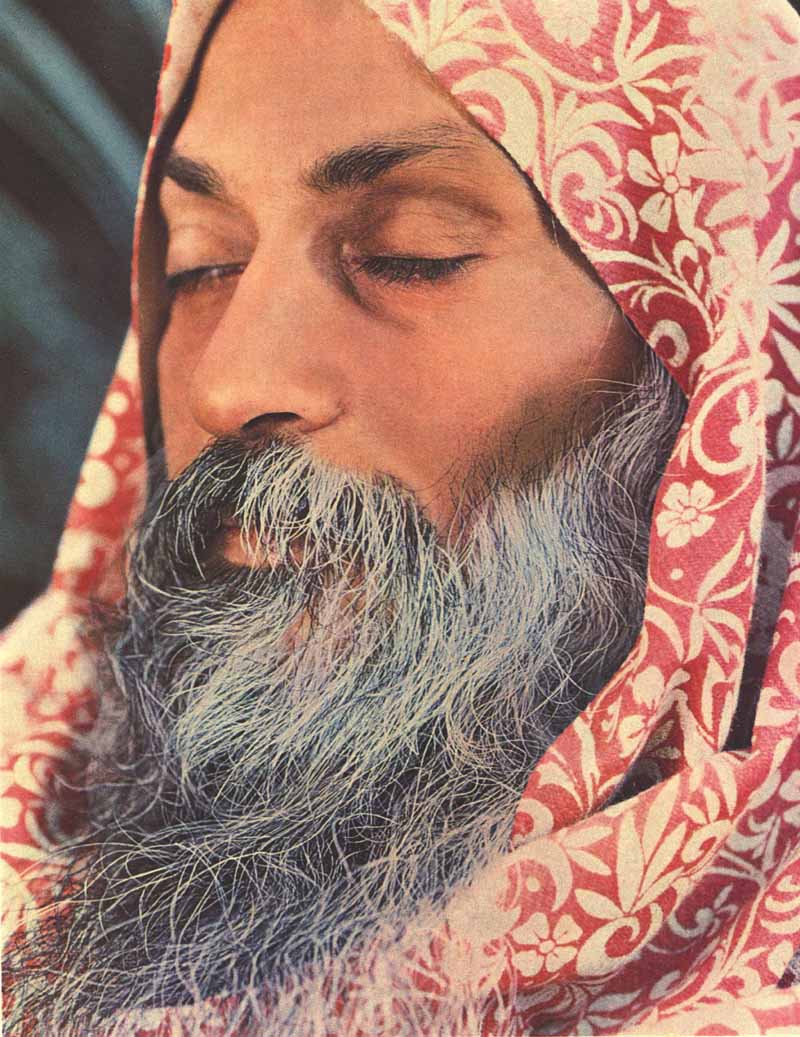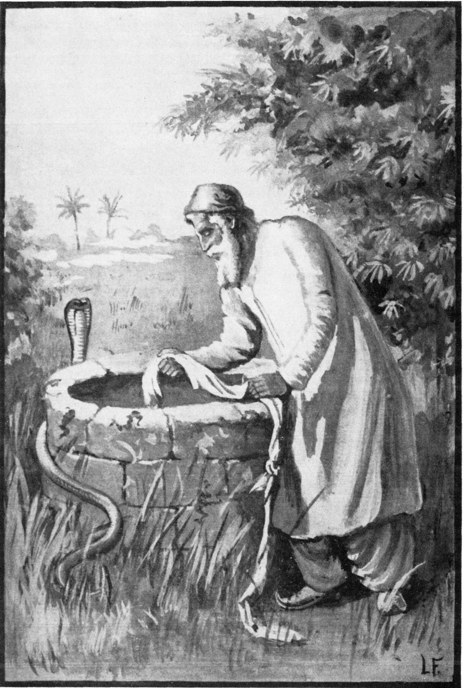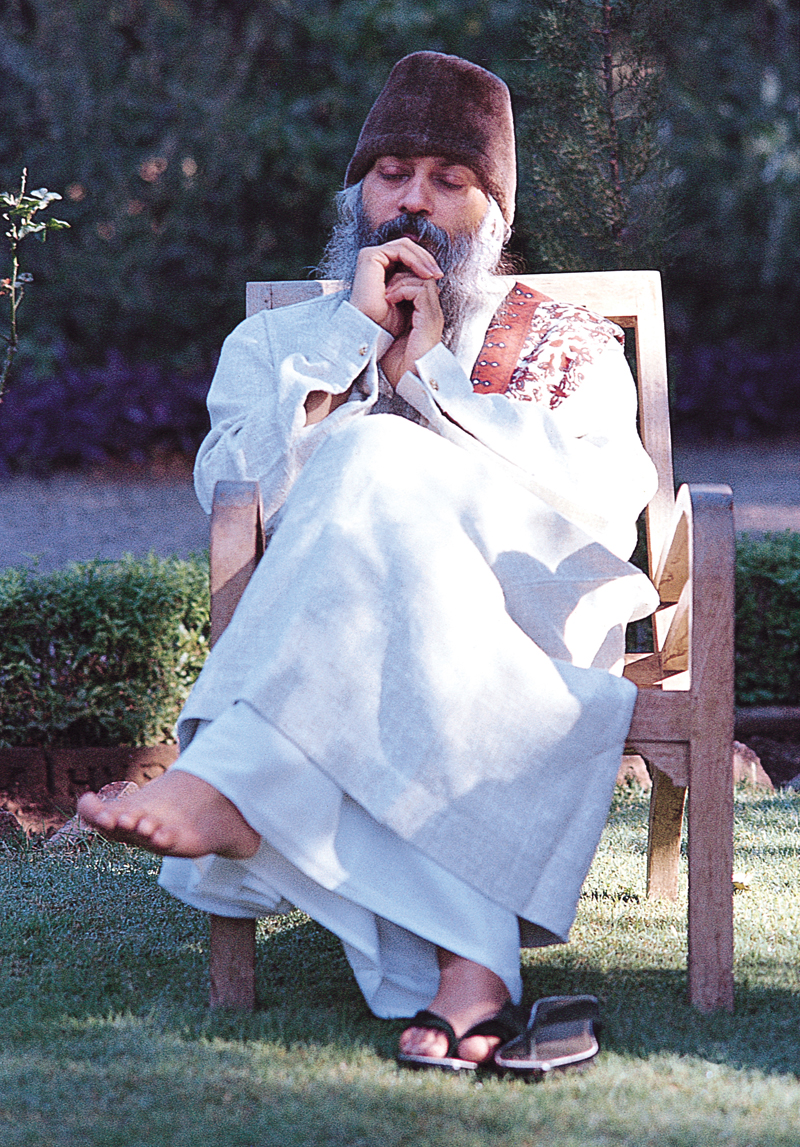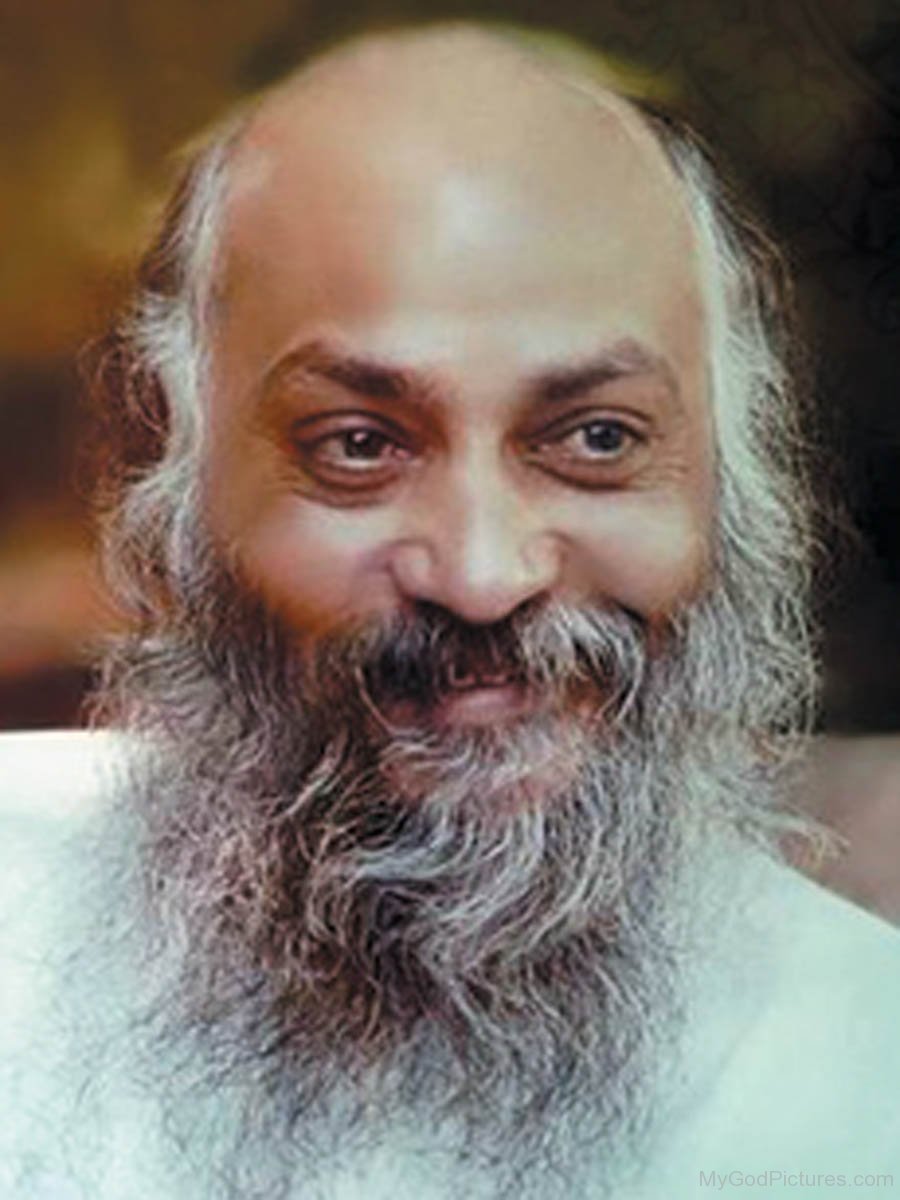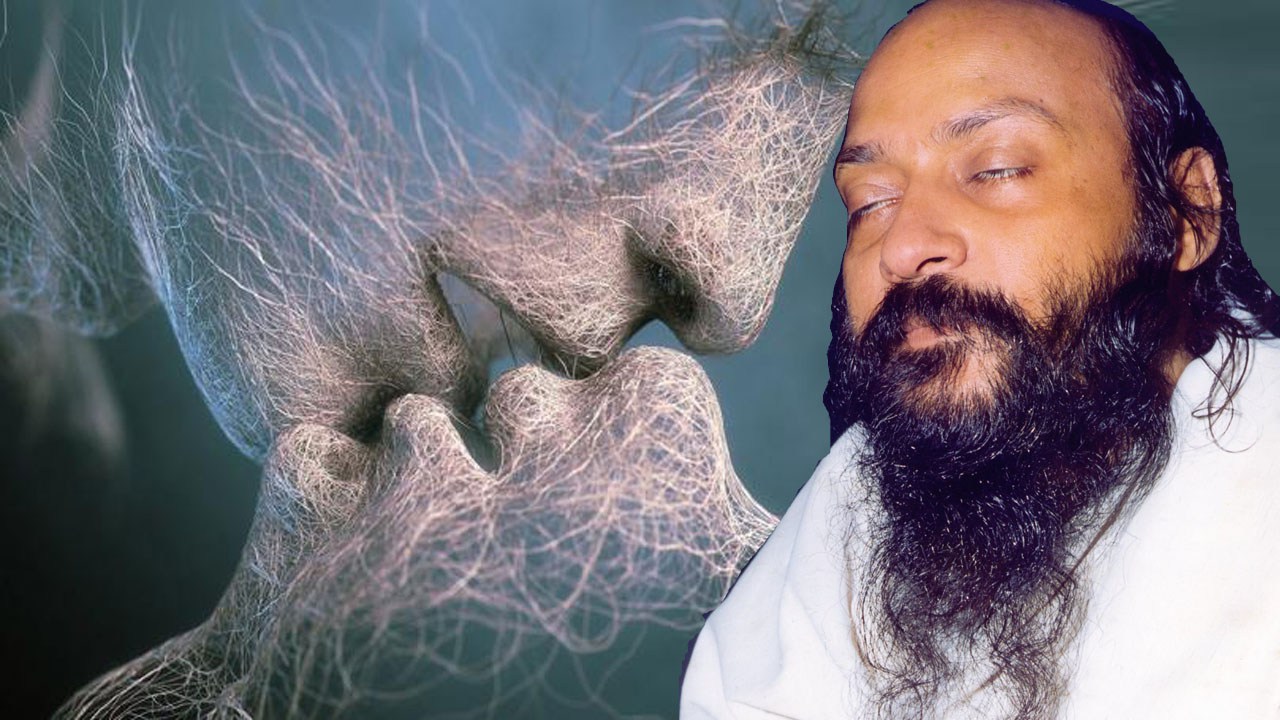Lie Down And Witness
I am not a Zen adept simply means I have dissolved myself into the existence. I have not kept my identity and my separation. I am no more, only existence is. Secondly: I have not a single thing to offer anyone, so I must not keep you standing here. This is something every master will concede to. The master has nothing to give to the disciple; on the contrary, he has to take much from the disciple. I cannot give you anything, I can only take away your false notions, shadows, your illusions, your personalities and leave behind only that which is authentically yours, purely existential, not borrowed from society. So it can be said that a master takes away everything, leaving only that which cannot be taken away – but he gives nothing. Anything given will again be a borrowed thing.
Hyakujo, in a simple statement, made a great point: I have not a single thing to offer anyone, so I must not keep you standing here. Go and take a rest. But in Hyakujo’s system of working, rest was meditation. In fact, if you are not in complete rest, you are not in meditation. Meditation and rest are equivalent. But it was only Hyakujo who used the word rest, that whatever has to be found, has to be found in your rest. Just drop all thoughts, all emotions, all sentiments, all identities. Lie down and witness.
This was the meaning in his system of thought of the word rest. If you have come to rest, you are one with existence; there is nothing to separate you. In a simple statement he has given his whole philosophy.
On another occasion, a group of dharma masters sought an interview and said: “We have some questions to ask. Are you prepared to answer them, master?”
Dharma masters are teachers of religion. In those old days in China and Japan these dharma masters, these teachers used to go around the country teaching people, because the people did not know language, they could not read; language was a very recent invention. And you will be surprised that in the whole world, in the beginning, language was always pictorial, because a child can only understand pictures. That’s why in children’s books you will find big pictures, colored pictures. And by pictures you can teach them that this is a horse, this is a fish.Through pictures you can bring alphabets.
In China, in Japan, in the whole Far East, language has not yet moved from the pictorial to the alphabetical. The alphabet began everywhere as pictorial, and then finally, it was found that a pictorial language is a very cumbersome – an unnecessary wastage of time and does not give exact meanings. One picture can be used to mean many things, but because it became an art, calligraphy, people became addicted to calligraphy. Calligraphy is beautiful, but alphabetical languages cannot use calligraphy.
So because of calligraphy, the Far East countries remained pictorial. But for anyone who is not born a Chinese or a Japanese, it is very difficult to learn. It takes many years because you have to learn thousands of pictures before you can read even an ordinary newspaper.
Excerpted From Hyakujo: The Everest of Zen, with Basho’s Haikus CH: 4

